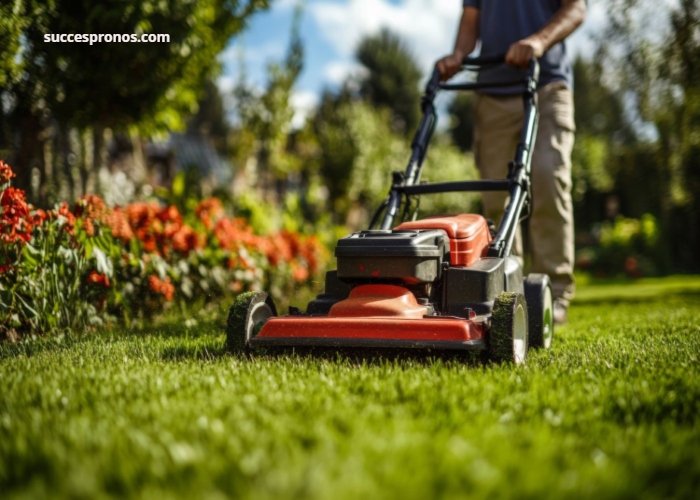
A vibrant, emerald lawn is not merely a matter of chance; it is the result of thoughtful preparation and care. Cultivating such a picturesque expanse requires meticulous planning, the right arsenal of tools, and a deep comprehension of the grass growth cycle through the seasons. Adopting a proactive strategy is essential, whether you’re tending to a cozy backyard or sprawling acres of lush greenery. This approach not only fosters a thriving and captivating lawn but also transforms your outdoor space into a year-round oasis of health and beauty.
Spring: Setting the Foundation
As temperatures rise, grass begins to wake from winter dormancy. This is the ideal time to give your lawn a strong start. Begin with dethatching and aeration to improve soil health and allow nutrients to penetrate deep into the roots. Apply a slow-release fertilizer tailored to your grass type and address any bare spots with overseeding.
Spring is also the best time to establish a weed control plan. Pre-emergent herbicides help prevent weeds from taking hold, while consistent mowing keeps growth even and encourages thick, healthy grass.
Summer: Maintaining Strength
Hotter temperatures and increased foot traffic put stress on the grass, making proper maintenance essential. Mow at the highest recommended setting for your grass type to provide shade for the soil and retain moisture. Deep, infrequent watering—preferably in the early morning—helps roots grow stronger and more drought-resistant.
Regular maintenance also includes sharpening mower blades, as dull blades tear the grass rather than cutting it cleanly. If your property requires efficiency in handling large spaces, zero-turn mowers provide precise control and reduce mowing time, ensuring even results.
Fall: Preparing for Dormancy
Autumn is the season for recovery and preparation. Continue mowing until the first frost, gradually lowering the blade height to prevent matting under fallen leaves. This is also the time for core aeration, which relieves soil compaction and improves root development.
Apply a winterizing fertilizer high in potassium to strengthen grass before colder months arrive. Overseeding in fall allows new grass to establish before winter dormancy, filling in gaps and improving lawn density for the following spring.
Winter: Protecting Your Investment
Though active lawn care slows in winter, preventive measures ensure a healthy return in spring. Avoid excessive foot traffic on frozen grass, as it can lead to damage and bare spots. Clear away leaves, debris, and excess moisture to prevent mold and disease.
If winter brings snow, be mindful of salt and ice-melt products, as they can harm grass and soil. Using sand or calcium-based alternatives helps minimize damage while keeping pathways safe.
Stay Ahead with Consistency
Achieving a vibrant, lush lawn goes beyond temporary solutions; it requires consistent, seasonally tailored care that nurtures the landscape. A meticulously tended yard not only elevates the aesthetic allure of your home but also fosters a flourishing outdoor ecosystem rich with life. By proactively attending to the unique needs of each season, you can cultivate a robust, thriving oasis that brings joy and beauty to your surroundings year after year.